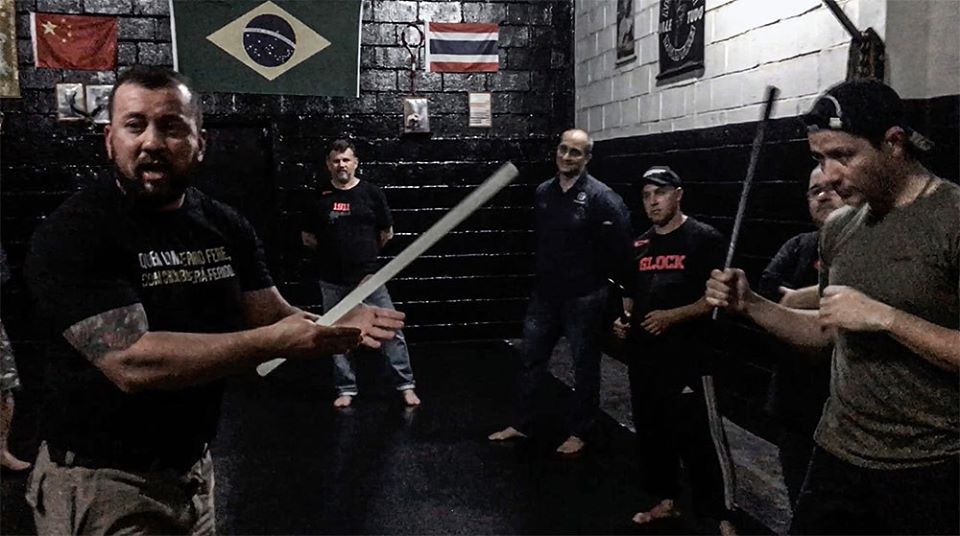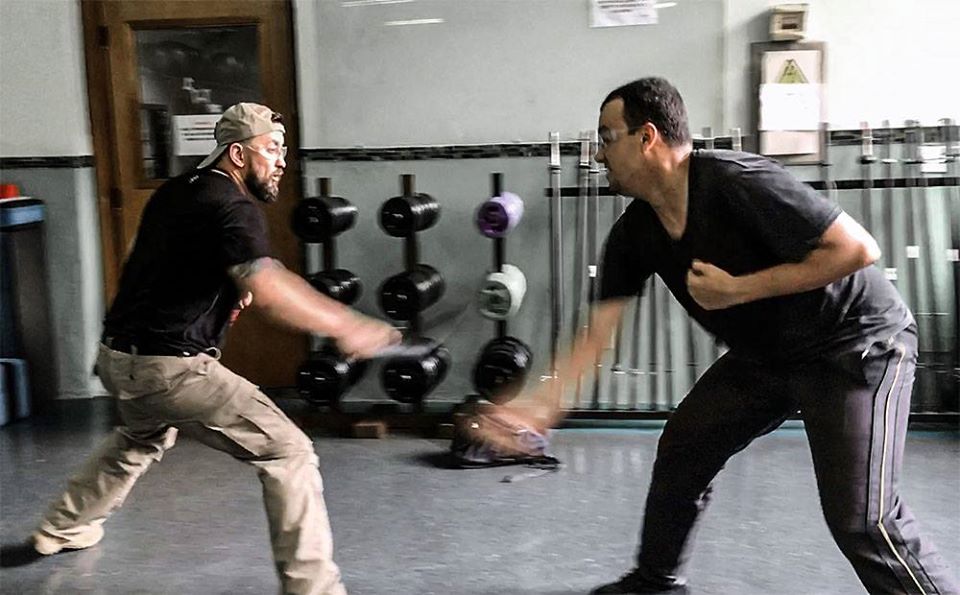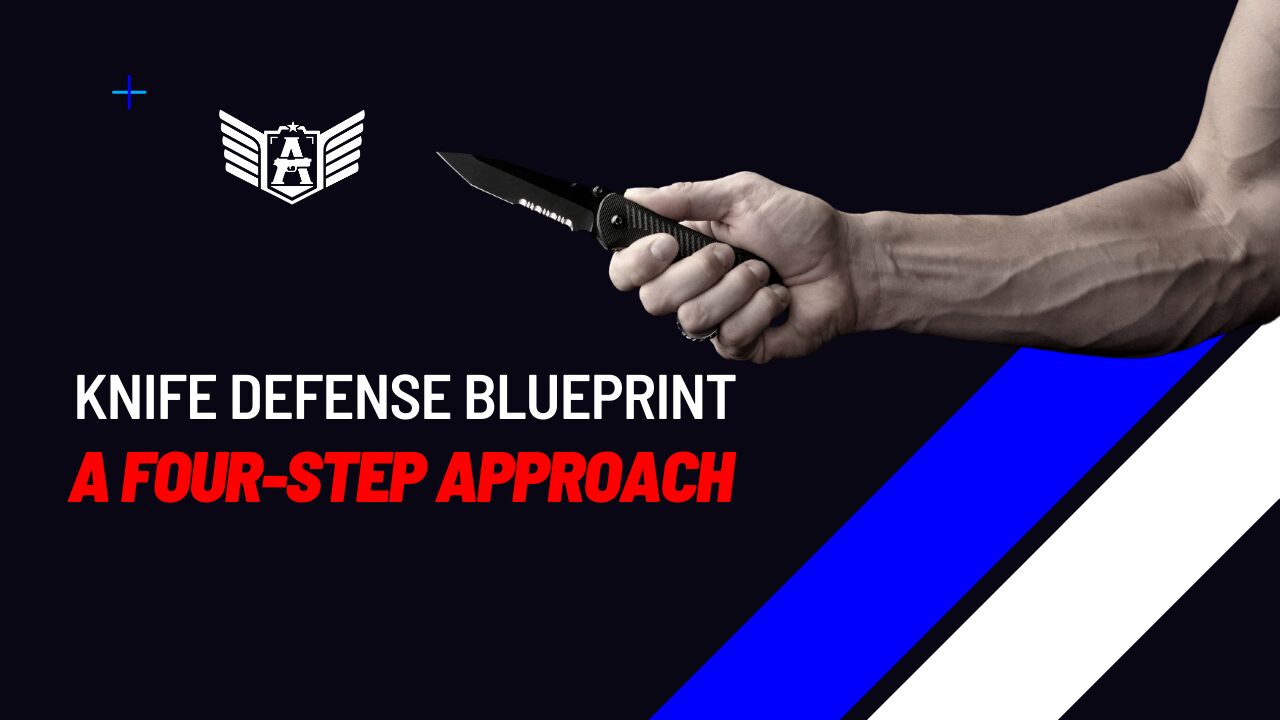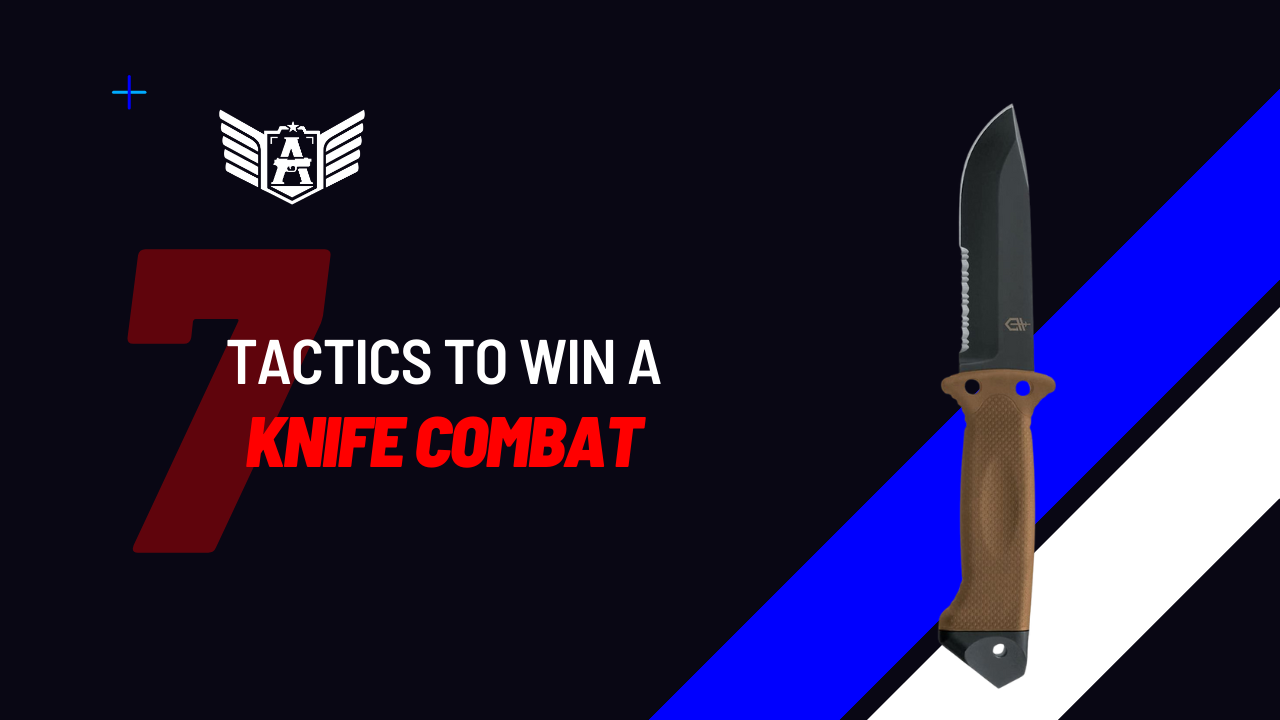
Encountering a knife threat demands more than just reflexes; it requires a strategic and calculated response. In the realm of self-defense, understanding the dynamics of such perilous situations is paramount. Each decision made in the heat of the moment can significantly impact the outcome.
Here, we delve into four essential steps to consider when facing a knife attack. These steps, derived from comprehensive study and practical experience, aim to equip individuals with the knowledge and skills necessary to navigate potentially life-threatening encounters.
As we explore these steps, it’s crucial to acknowledge the gravity of the situation. A knife attack is inherently dangerous and can escalate rapidly. However, with a clear understanding of effective defense strategies, individuals can enhance their ability to protect themselves and others in the face of imminent danger. Let’s delve into the intricacies of defending against a knife attack, step by step. The 4-step system listed below is based on the Kombato doctrine and is focused on assisting victims in making intelligent decisions in situations of great danger related to blade threats and attacks.
(1) Maintain Distance: Prioritize keeping a safe distance from the aggressor whenever feasible. Distance provides valuable time to assess the situation and plan a response. Remember, the effectiveness of a knife diminishes with distance. If the opportunity arises, create as much space as possible between yourself and the attacker to minimize the risk of injury.

(2) Utilize Ballistics: If armed with a firearm and trained in its use, consider employing it to create space between yourself and the attacker. Strategic use of ballistic force can neutralize the threat from a distance. However, this option requires careful consideration of factors such as proximity, bystanders, and the legality of firearm use in the given situation.

(3) Leverage Longer Objects: Seek out longer objects in the environment that can be used to maintain distance and control the engagement. These objects offer a defensive advantage by extending your reach and reducing the risk of injury. Everyday items such as poles, chairs, or even improvised weapons can serve as effective barriers against an assailant armed with a knife.

(4) Engage in Knife Defense as a Last Resort: Engaging in direct combat with a knife should be considered a last resort due to the inherent risks involved. Only when all other options have been exhausted should this course of action be pursued. Remember, knife fighting is incredibly dangerous and requires specialized training. If forced into close-quarters combat, focus on techniques to disarm or incapacitate the attacker while minimizing your own vulnerability.

By following these steps, individuals can enhance their chances of effectively defending against a knife attack. Preparedness and strategic decision-making are key in navigating such threatening scenarios. Remember, the goal is not to escalate the violence but to ensure personal safety and the safety of those around you.
https://classic.avantlink.com/click.php?tool_type=ml&merchant_link_id=497a9592-b8cc-4b93-bd67-cf4cedc81862&website_id=dc4d5104-c557-41ca-b343-06df1b2319d4



